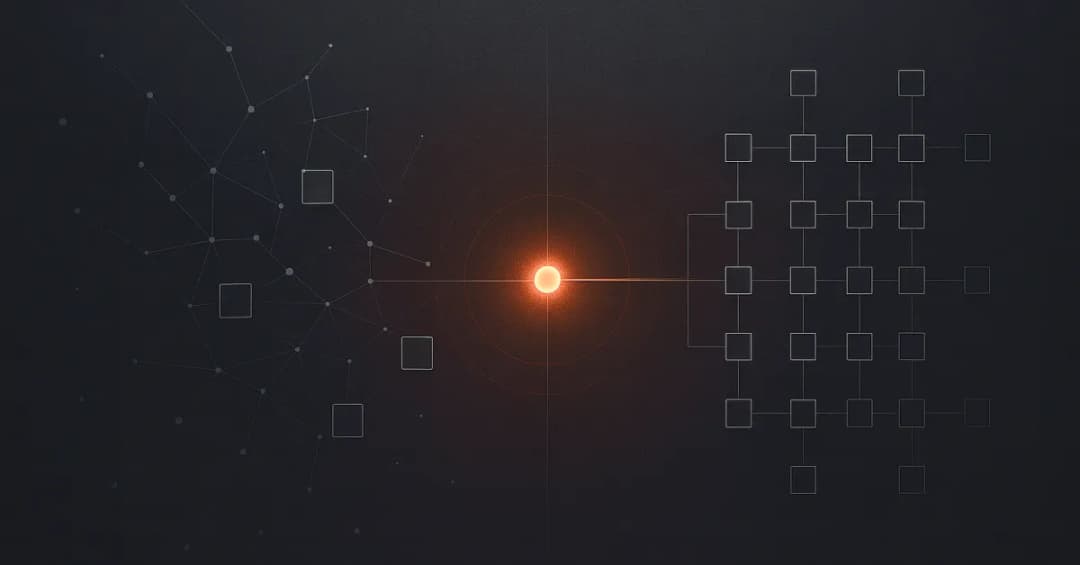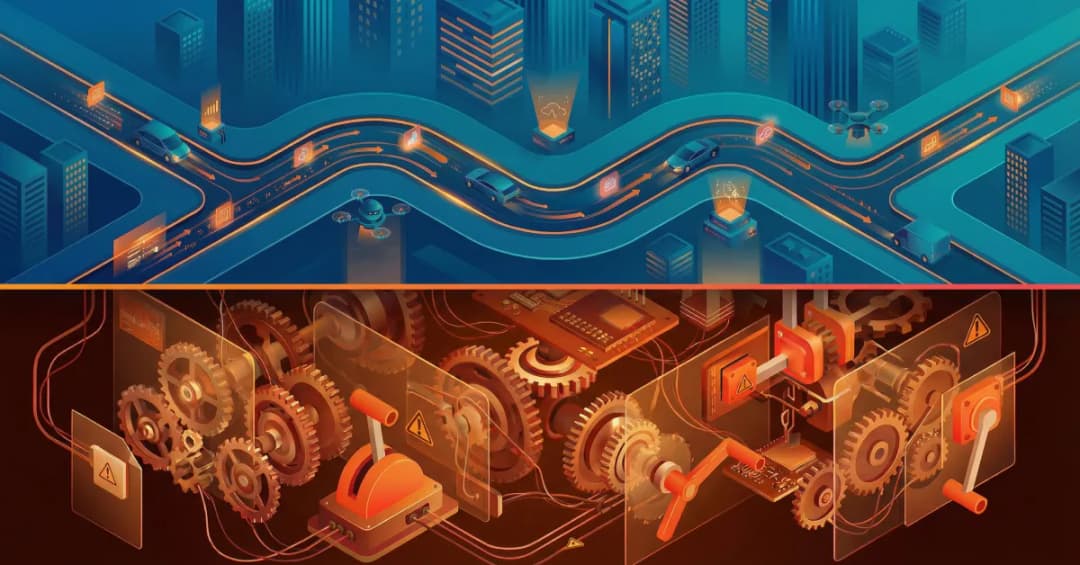8 min read
Turning AI Hacks Into AI Discoveries That Last
Vilim Vulama Posted on August 29, 2025

Quick take
- AI hacks give fast wins but often disappear before teams can benefit.
- Lasting value comes when AI hacks are documented, shared, and built into workflows.
- Companies that systematize AI discoveries scale faster and avoid wasted effort.
Most people call them AI hacks: quick tricks that give you a fast win. We’ll use that term here since it’s what people usually search for, though at Upheave, we prefer to think of them as AI techniques.
And new ones are popping up every day! Developers find a prompt that clears bugs in seconds, or marketers drafting content in minutes instead of hours.
These wins feel huge in the moment. But most of the time, that’s where they stop. They sit in Slack, maybe in a Loom recording, or even worse, in a person’s head. One person benefits, but the rest of the team keeps working the old way. And that’s a problem.
AI hacks on their own don’t last. To create lasting impact, AI hacks have to become AI discoveries: documented, shared, and turned into systems that shape how the team works. That’s what real AI integration looks like.
In this article, we’ll explore why AI hacks tend to disappear so quickly, what it takes to turn them into AI discoveries, and how teams can build habits that make AI integration sustainable.
Table of contents
- The Real Cost of AI Hacks That Don’t Spread
- From Quick Hacks to Lasting Discoveries
- The Pattern Beyond One Company
- What We Do at Upheave
- Final Thought
The Real Cost of AI Hacks That Don’t Spread
At first, losing a few AI hacks doesn’t seem like a big deal, but the hidden cost adds up fast.
Harvard Business Review estimates poor knowledge sharing costs companies around $13 million a year. With AI, this problem is even worse as new AI hacks are discovered daily, but most of them fade before anyone else can use them.
- New hires waste weeks reinventing workflows that already have solutions
- Teams duplicate effort because nobody documented the original hack
- Leaders get a false sense of speed, while in reality, progress stalls under layers of repetition
Instead of accelerating, the company just spins its wheels; busy but not actually moving forward.
From Quick Hacks to Lasting Discoveries
The difference between an AI hack and a lasting AI discovery is whether it gets captured and reused.
Take the onboarding process as an example. Without shared prompts or workflows, a new teammate might spend weeks experimenting. With them, however, they’re productive in days. Or sales: one rep doubles reply rates with a clever prompt. Nice for them, but imagine the advantage if the whole team adopts it.
This isn't about collecting tricks. It's about turning them into systems that scale. That's where AI integration actually happens.
According to BCG's 2024 "Where's the Value in AI" report, only 22% of companies have moved beyond pilots to generate real business value with AI, and just 4% are consistently creating substantial impact.
The report makes it clear that the difference isn’t the tools (every company has access to similar ones). The difference is how the best companies approach AI. They build it into their processes and workflows, and they invest in people just as much as technology. In other words, they don’t let hacks fade away in isolation. They systematize them so they truly last.
The Pattern Beyond One Company

This pattern doesn’t just show up inside one company. You can see it everywhere. Hacks look impressive when they help one person, but they only create lasting impact once they spread and turn into systems others can use.
Here’s how this looks across different functions and industries:
Functions
Sales: One rep discovers a better prompt and doubles their response rate. Shared, it becomes the standard playbook, and suddenly, the entire pipeline shifts.
HR: A manager uses AI to digest survey feedback and walks into reviews with a clear snapshot of their team. Shared, it becomes a habit that every manager relies on, not just one.
Product: A PM uses AI to clean up backlog items before sprint planning. Alone, it's a nice shortcut. Shared, it changes the rhythm of every sprint.
Industries
Logistics: A single driver uses AI to turn delivery notes into structured logs. Spread across the fleet, managers get a live picture of operations without extra paperwork.
Healthcare: One nurse's formatting trick saves minutes per patient. Multiply it across a department or a hospital network, and it translates into hours of regained focus on actual care.
Aviation: A gate agent starts using AI to write clearer delay announcements. On its own, it smooths out one flight. Shared, it becomes the difference between confusion and calm across dozens of flights.
Across different industries and functions, the lesson is the same. AI hacks don't scale. AI discoveries do. And once they're embedded into the process, that's when you get real AI integration.
What We Do at Upheave
We learned this lesson early.
We were always excited about new AI hacks. However, over time, some of them started to vanish. So, we set up a simple "Discover, Showcase, Systematize" ritual to keep them alive.

Every Friday, we run a quick 15-minute session where everyone shares one AI hack they tried that week. Nothing fancy, really; just a short demo.
If it looks useful, we capture it immediately. Sometimes that means turning it into a template, a checklist, or a script. The form doesn’t matter. What matters is that it doesn’t disappear.
Over time, this has built a growing library of AI discoveries. None of them are some big breakthroughs on their own, but together they’ve changed how we work today. Bugs get fixed faster because the solution doesn’t have to be rediscovered. Repetitive coding tasks get handled with proven prompts and scripts. And the time we save goes straight into building and shipping new features instead of re-solving the same problems.
Final Thought
If your best people left tomorrow, would their AI hacks still be in use?
If not, you don’t have true AI integration. You’ve got a handful of scattered wins, always at risk of disappearing.
AI is constantly changing and will continue to do so. Some AI hacks we use today will probably stop working a year from now, but new ones will appear.
Companies that last won’t be the ones chasing AI hacks for quick wins. They’ll be the ones capturing them, sharing them, and turning them into AI discoveries that compound over time.
That’s the difference between hacks that fade and systems that last.


